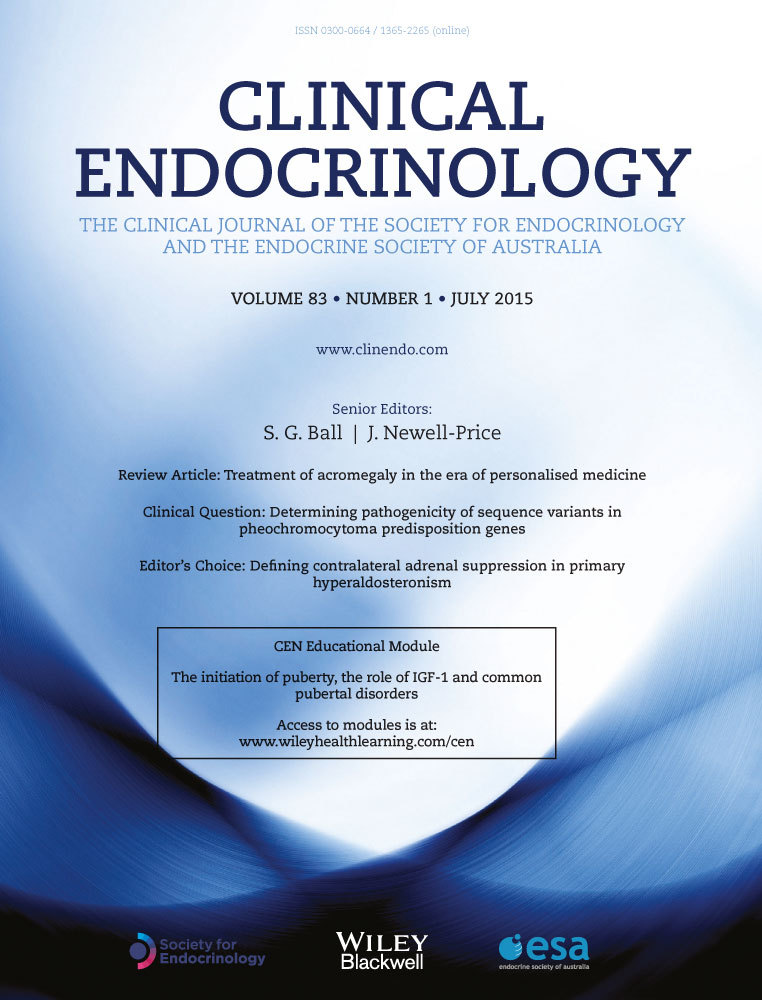The risk of second primary malignancy is increased in differentiated thyroid cancer patients with a cumulative 131I dose over 37 GBq
Summary
Background
The aim of this study was to investigate the risk factors for second primary malignancy (SPM) diagnosed after differentiated thyroid cancer (DTC).
Methods
A total of 2468 DTC patients who underwent thyroidectomy were reviewed. SPM was defined as a non-thyroidal malignancy, diagnosed at least 1 year after the diagnosis of thyroid cancer. Patients were divided into five groups according to cumulative 131I dose: very high-activity (≥37·0 GBq), high-activity (22·3–36·9 GBq), intermediate-activity (5·56–22·2 GBq), low-activity (1·1–5·55 GBq) and no RAI.
Results
Among the 2468 patients, 61 (2·5%) had SPMs during 7·0 (1·0–33·0) years of median follow-up. Age above 40 years, male sex and very high-activity RAI were independent risk factors for the development of SPM. SPM-related mortality was highest in the very high-activity group, while DTC-related mortality was highest in the high-activity group. The overall mortality both from SPM and DTC was highest in the high-activity group.
Conclusion
A cumulative 131I dose <37·0 GBq did not increase the risk of SPM. A cumulative 131I dose ≥37·0 GBq increased the risk of SPM and SPM-related mortality and decreased the DTC-specific mortality, resulting in a similar all-cause mortality compared with the low-activity RAI group. Using repeated high-dose RAI for treating RAI-responsive but persistent DTC patients needs careful consideration of the individual benefits from RAI vs the risk of developing SPM.




